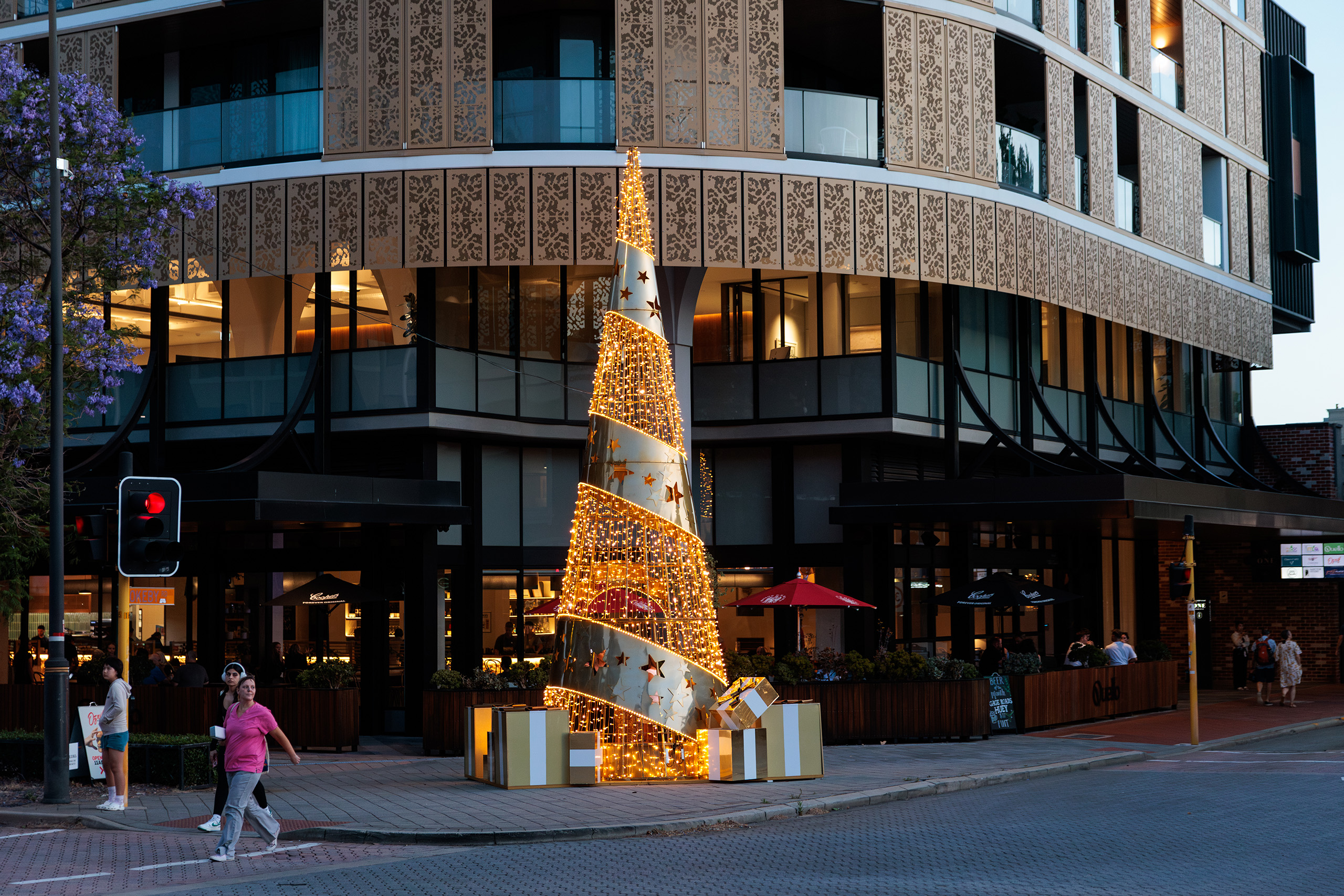As Western Australia faces increasing bushfire threats, it's imperative for residents to stay informed about recent changes in bushfire-prone area designations and to implement effective preparation strategies to protect their homes and families. With climate conditions becoming more unpredictable, taking proactive steps can make a significant difference in minimising risk and ensuring safety.
Recent Changes in Bushfire-Prone Areas
In November 2024, the Department of Fire and Emergency Services (DFES) updated bushfire zoning, resulting in the removal of approximately 4,500 properties in Perth, Peel, and parts of Bunbury from the bushfire-prone list. This change alleviates certain building code requirements and may reduce insurance premiums for affected homeowners. However, those still in designated bushfire-prone areas must continue to comply with strict building regulations and fire safety measures to mitigate potential hazards.
Assessing Your Property's Bushfire Risk
To determine if your property is classified as bushfire-prone, utilise the DFES mapping tool available on their website. This tool provides real-time updates and comprehensive mapping of high-risk areas. Additionally, for prospective buyers or renters, reiwa.com offers an interactive map that provides insights into a property's bushfire status, zoning information, and other environmental factors, helping individuals make informed decisions before purchasing or leasing a home.
Developing a Bushfire Plan
Preparation is key to enhancing your chances of safety during a bushfire. DFES recommends creating a comprehensive bushfire plan using the "My Bushfire Plan" tool, which allows you to prepare, store, and update your plan from any device. This tool guides you through the necessary steps to ensure you're ready to act when needed. Your bushfire plan should include:
- A decision-making process for when to stay and defend or evacuate early.
- A list of emergency contacts, including local authorities and fire services.
- Evacuation routes and nearby safe zones.
- A checklist of essential items to take with you in case of an emergency.
- Arrangements for pets and livestock in case of evacuation.
Understanding Fire Danger Ratings
Staying informed about daily Fire Danger Ratings (FDR) is essential, as they indicate the potential level of danger should a bushfire start. The Australian Fire Danger Rating System features four levels:
Moderate: Plan and prepare, but risk is low.
High: Be alert and act if necessary.
Extreme: Take action and prepare for potential evacuation.
Catastrophic: Leave early—homes cannot withstand a fire under these conditions.
By checking the FDR regularly, you can make proactive decisions about your movements and preparedness efforts.
Property Maintenance and Vegetation Management
Regular upkeep of your property can significantly reduce bushfire risks. Simple measures such as clearing dry vegetation and maintaining your home can create a buffer zone that slows the spread of fire. Key maintenance tasks include:
Gutter Cleaning: Remove leaves and debris to prevent embers from igniting your home.
Roof and Wall Repairs: Fix any damage and seal gaps to prevent ember entry.
Vegetation Control: Trim overhanging branches, mow lawns, and manage weeds to reduce fuel loads.
Water Supply Readiness: Ensure garden hoses are long enough to reach all parts of your property.
Gas Cylinder Safety: Position LP gas cylinders away from structures with valves facing outward.
Emergency Kit and Communication Plan
Having an emergency kit prepared in advance can save valuable time in a crisis. Your kit should include:
- Important documents (identification, insurance policies, medical records)
- First aid supplies
- Battery-operated radio and spare batteries
- Torch and emergency lighting
- Woollen blankets and protective clothing
- Sufficient drinking water and non-perishable food
- Medications and essential prescriptions
In addition to having a kit ready, it’s crucial to establish a communication plan with family and neighbours. Make sure all household members understand the emergency plan, know the location of the emergency kit, and are aware of meeting points in case of evacuation.
Protecting Pets and Livestock
For those living in rural areas or with pets, additional planning is necessary. Ensure that livestock have access to a safe paddock with minimal vegetation. Prepare pet carriers and food supplies, and identify emergency shelters that accept animals if evacuation becomes necessary. Keeping animals secured and ready to transport can prevent delays in emergency situations.
Stay Informed
Regularly monitor the Emergency WA website for real-time updates and alerts during the bushfire season. Other essential sources of information include:
DFES emergency broadcasts
Local government websites
Community fire alert systems
Weather forecasts for changing conditions
By staying informed and implementing thorough preparation strategies, Western Australian residents can enhance their resilience against bushfires and ensure the safety of their homes and loved ones. Taking action today could make all the difference when faced with an emergency situation. Bushfires are an unavoidable part of life in many regions of WA, but with the right knowledge and preparation, you can significantly reduce their impact. Whether you’re a homeowner, renter, or prospective buyer, being proactive about fire safety will help protect lives and property.
If you'd like to talk about how this will affect your property plans, don't hesitate to contact the team at Bellcourt on 08 6141 7848




